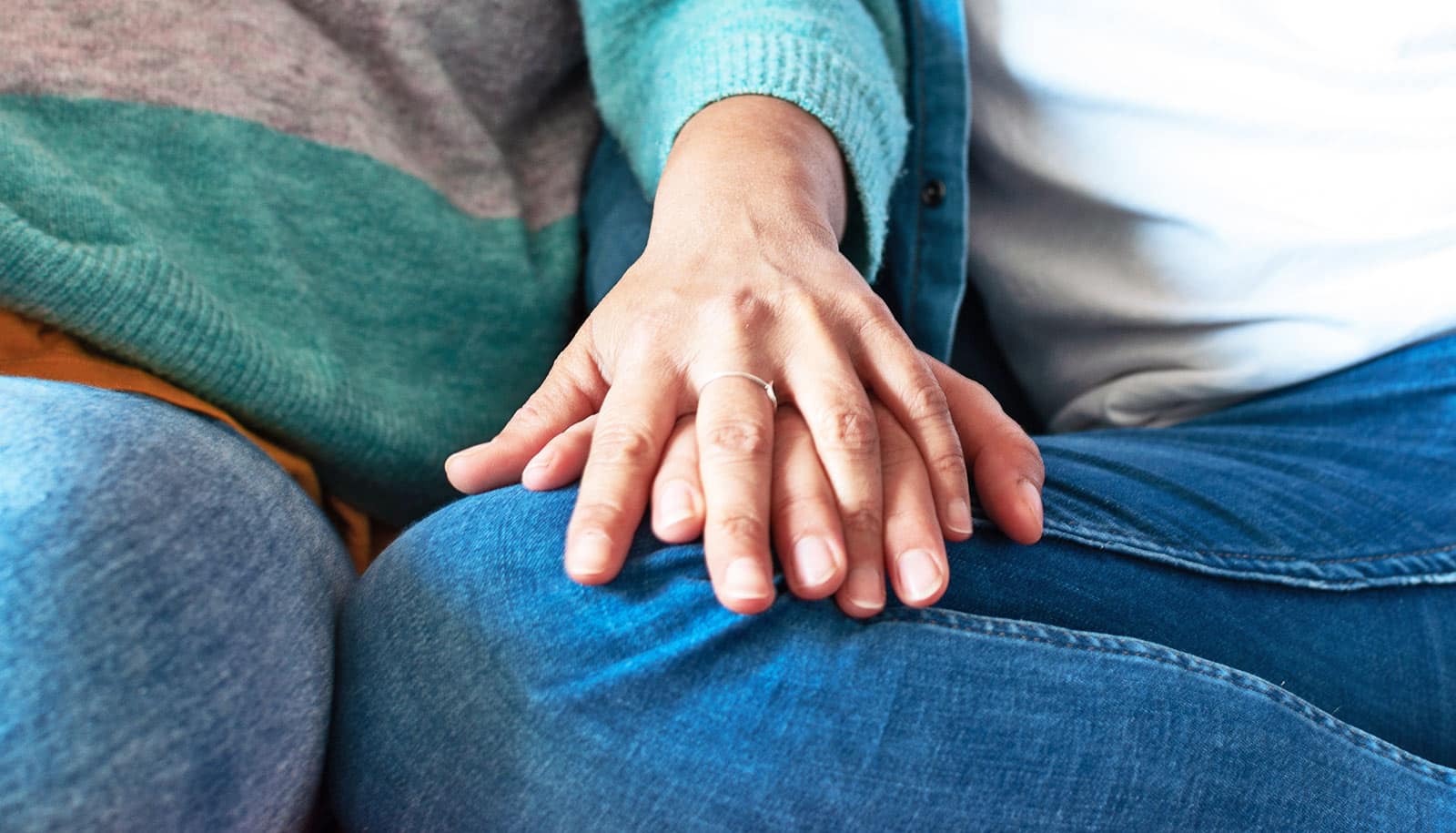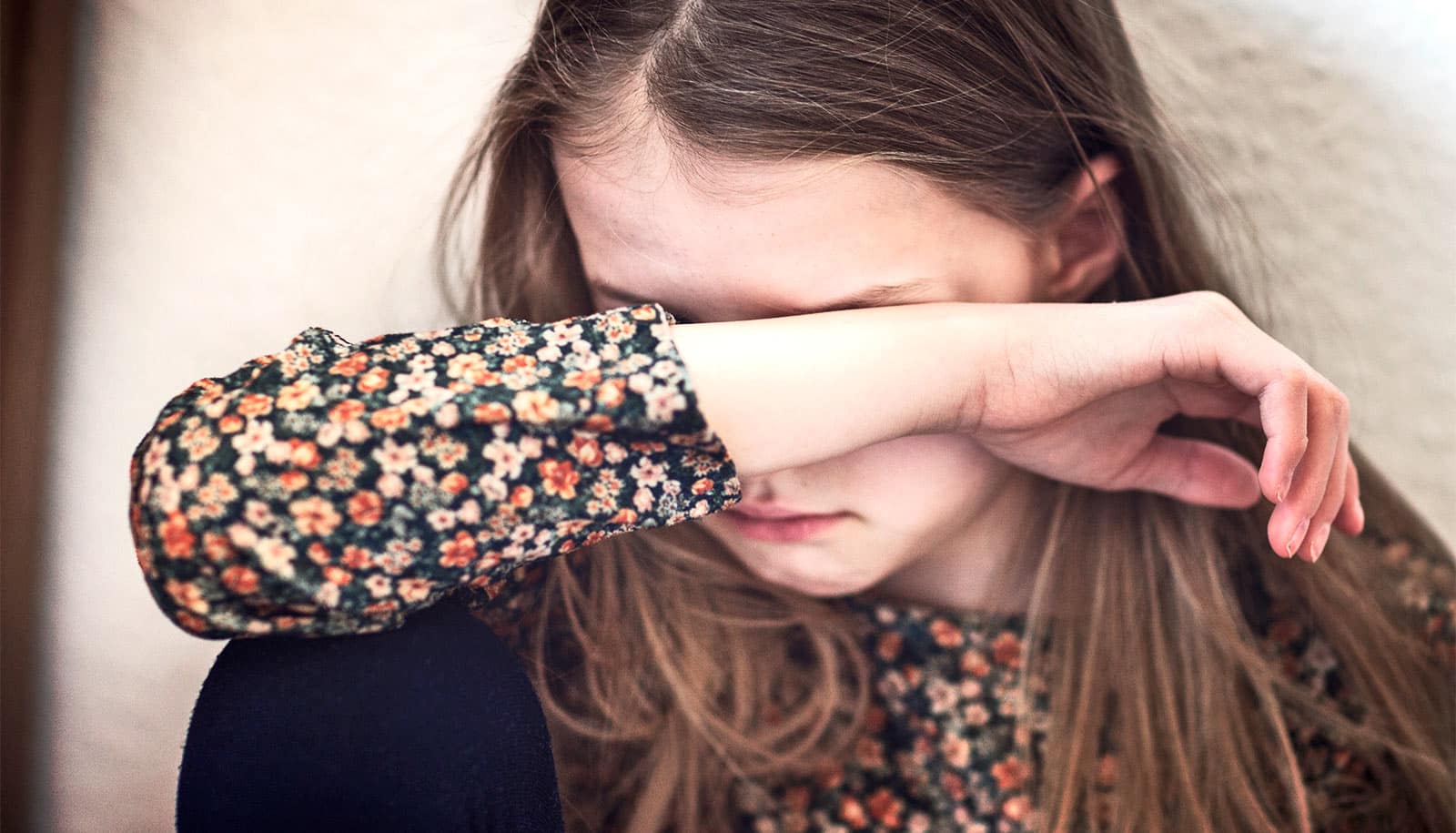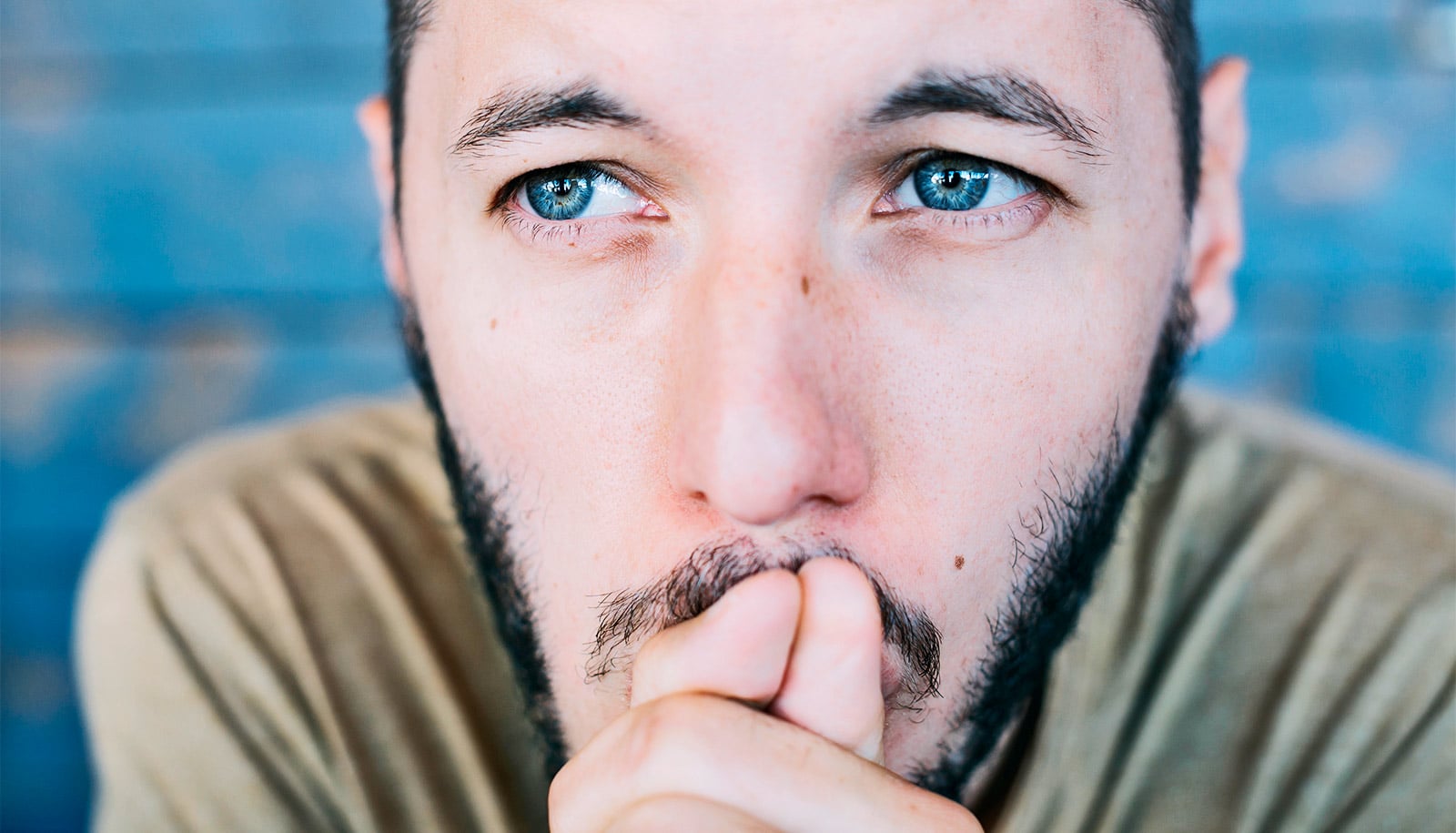Spouses who become caregivers feel better about their role when they believe their partner recognizes and appreciates their work, research shows.
“…spousal caregiving is an enormous burden, emotionally, physically and economically.”
Spouses becoming caregivers for their ailing partners is quite common in American life—and few roles are more stressful.
Yet helping behaviors, which are at the core of caregiving, typically relieve stress, according to Michael Poulin, an associate professor in the University at Buffalo psychology department. When discussing spousal care, the draining demands of caregiving and the uplifting effects of helping stand in apparent contrast to one another.
Recent research shows that the time caregivers spend actively helping a loved one can improve the caregiver’s sense of well-being. Now, Poulin, an expert in empathy, human generosity, and stress, and his colleagues have published a study in the journal Health Psychology exploring why that’s the case.
“Spending time attempting to provide help can be beneficial for a caregivers’ mental and physical well-being, but only during those times when the caregiver sees that their help has made a difference and that difference is noticed and recognized by their partner,” he says.
“These conclusions are important because we know that spousal caregiving is an enormous burden, emotionally, physically, and economically,” he says. “If we can find ways for community resources to help create those conditions we might be able to make a difference in the lives of millions of people.”
Poulin says more than 30 years of research shows that being a caregiver is among the most stressful, emotionally burdensome, and physically demanding roles a person can take on. Spouses who are caregivers show decreased immune function, increased signs of physiological stress, and are at greater risk for physical and mental illness.
Yet other studies, including much of Poulin’s own research, suggest that the act of providing help to somebody is typically stress-relieving and is associated with better emotional and physical well-being.
“The problem is that when you’re a caregiver, not all of your time is spent helping,” says Poulin. “Sometimes all you can do is witness the person’s state while being passively on duty.”
But previous research confirmed that the act of helping in this context was associated with improving the caretakers’ well-being, a finding that was true even when general caregiving was broken down into tasks, like feeding or bathing.
Caregivers need help dealing with depression
“This is what we wanted to get at,” says Poulin. “We knew that something about being helpful is good in these circumstances. But why? Is it just being active? Is doing something better than doing nothing? Or is it that doing something to improve another person’s well-being is what matters?”
The research team conducted two studies with spouses caring for partners with chronic pain.
In the first study, 73 participants reported caregiving activity and their accompanying emotions in three-hour intervals. This allowed the researchers to look at the amount of help given and how much that help pleased the spouse and subsequently affected the caregiver.
The second study involved 43 caregivers who completed a diary at the end of the day that detailed the help they provided and the appreciation they received.
The findings suggest that spouses caring for a partner feel happier and report fewer physical symptoms when they believe their help is appreciated.
“Importantly, this study adds to a growing body of evidence showing that it is important to target emotional communication between spouses in daily support interactions to improve psychological well-being in the context of chronic conditions and disability,” the authors write in their paper.
It’s an important point to consider, not just today, but for the future, notes Poulin.
U.S. policy neglects caregivers of aging adults
“As the baby boomers continue to age, this phenomenon of spousal caregiving will continue to increase,” he says.
Additional researchers contributing to the work are from the Yale School of Public Health, Stony Brook University, the University of Michigan.
Source: University at Buffalo



